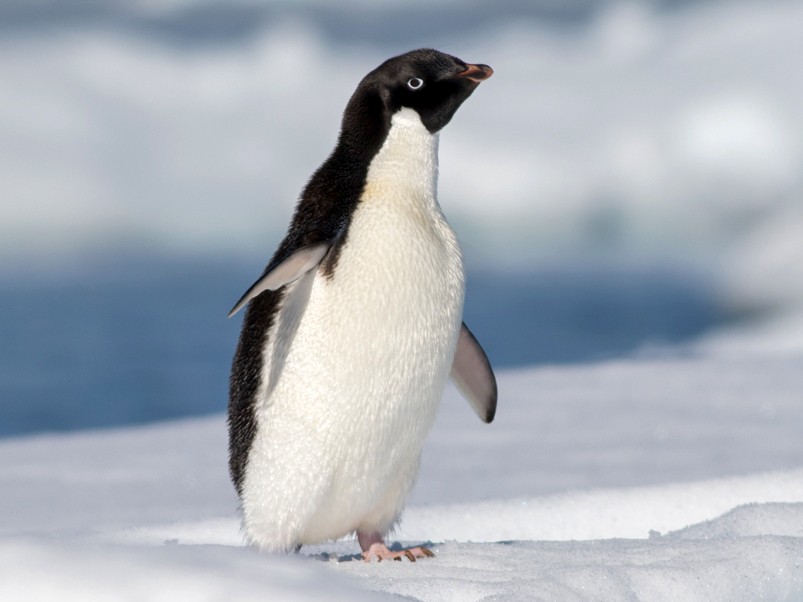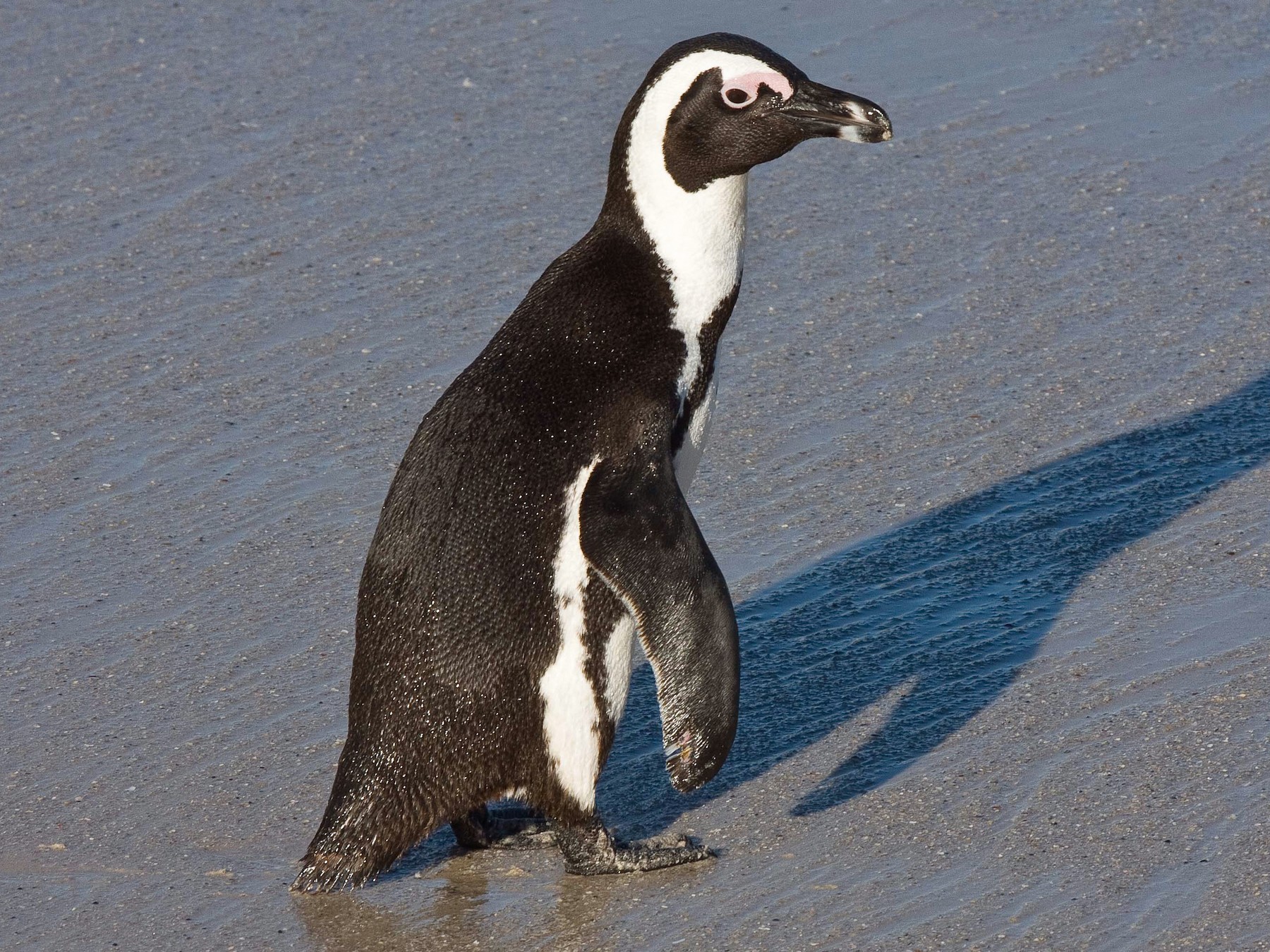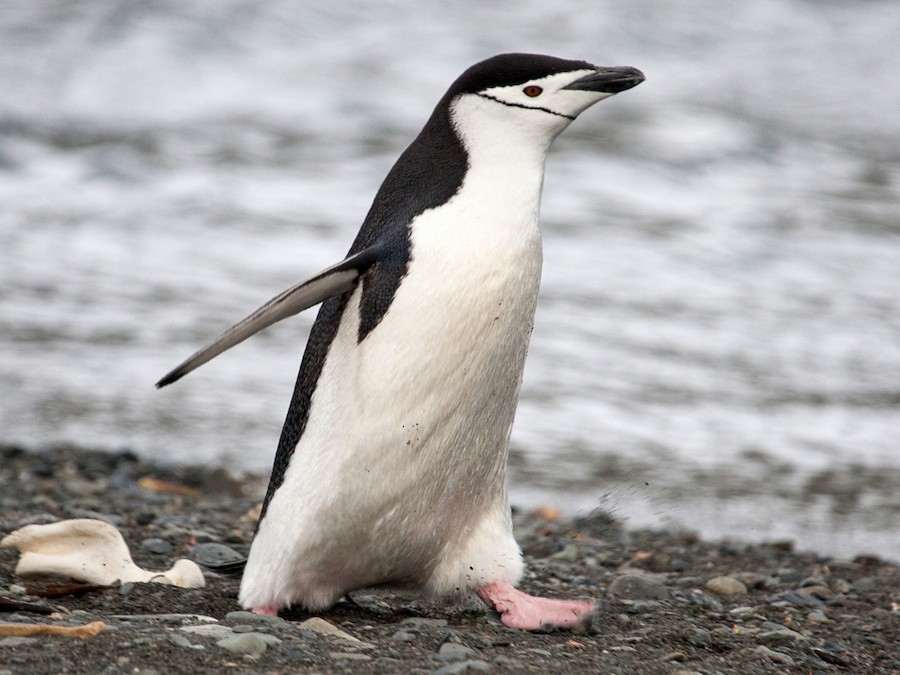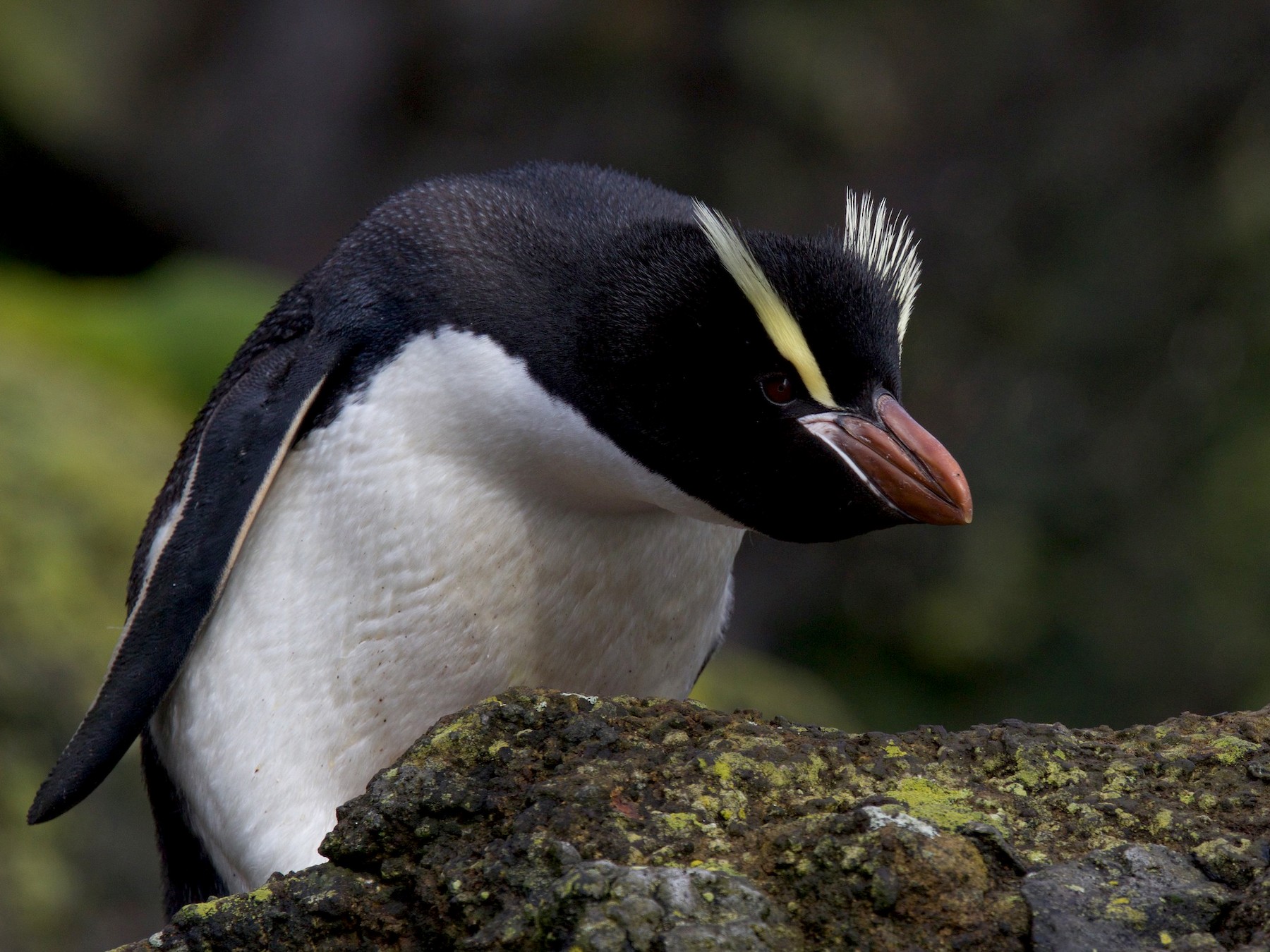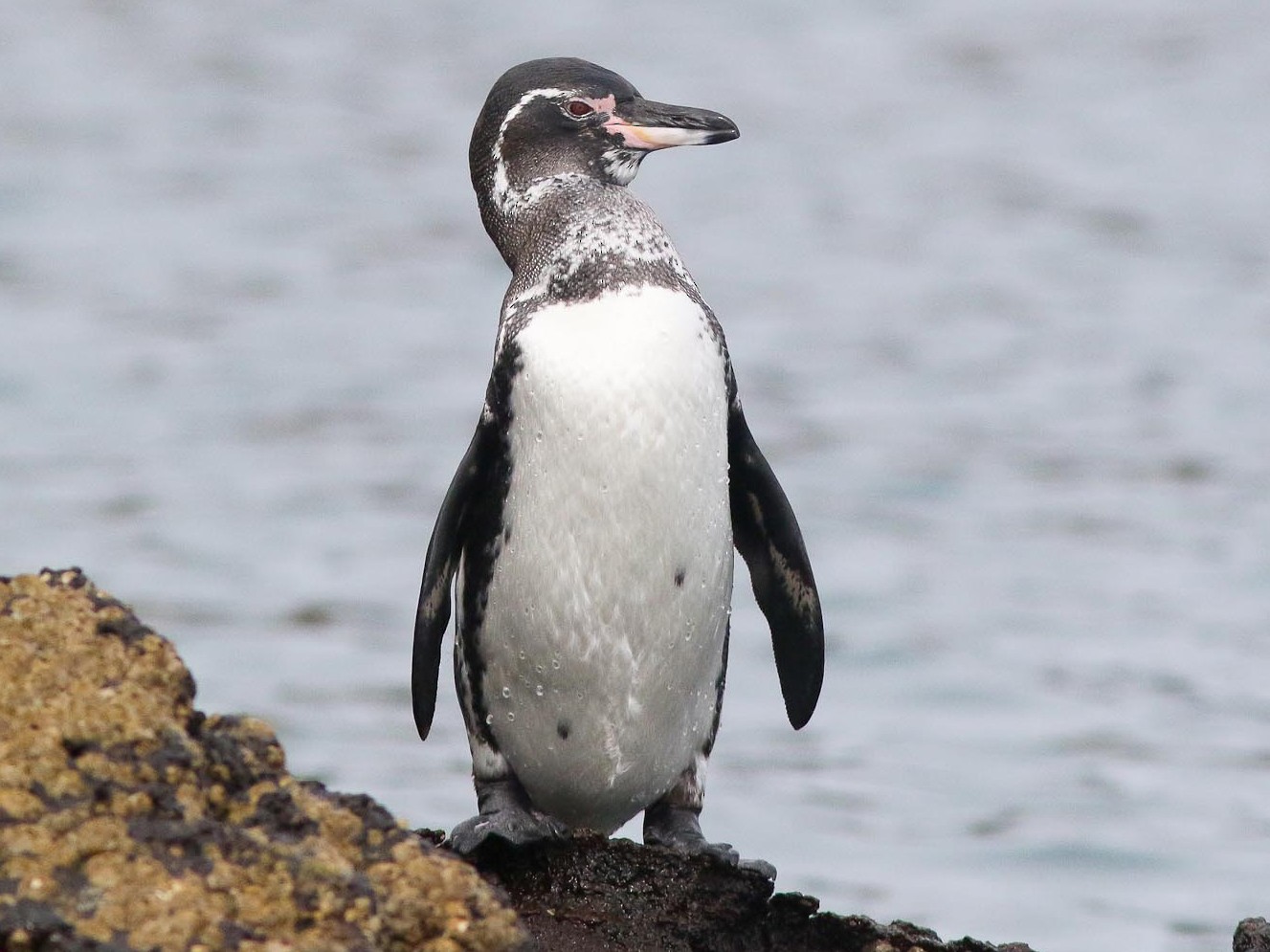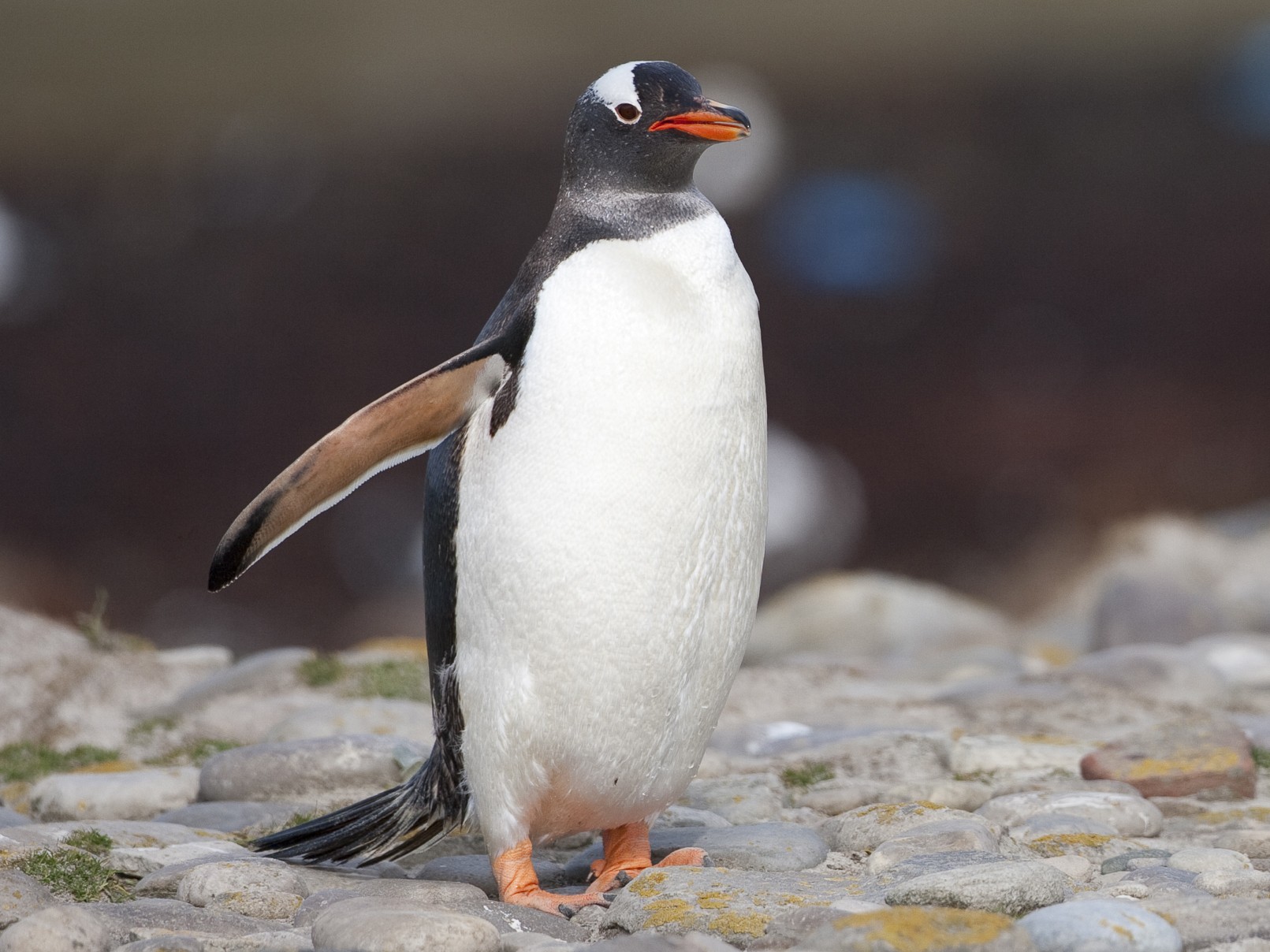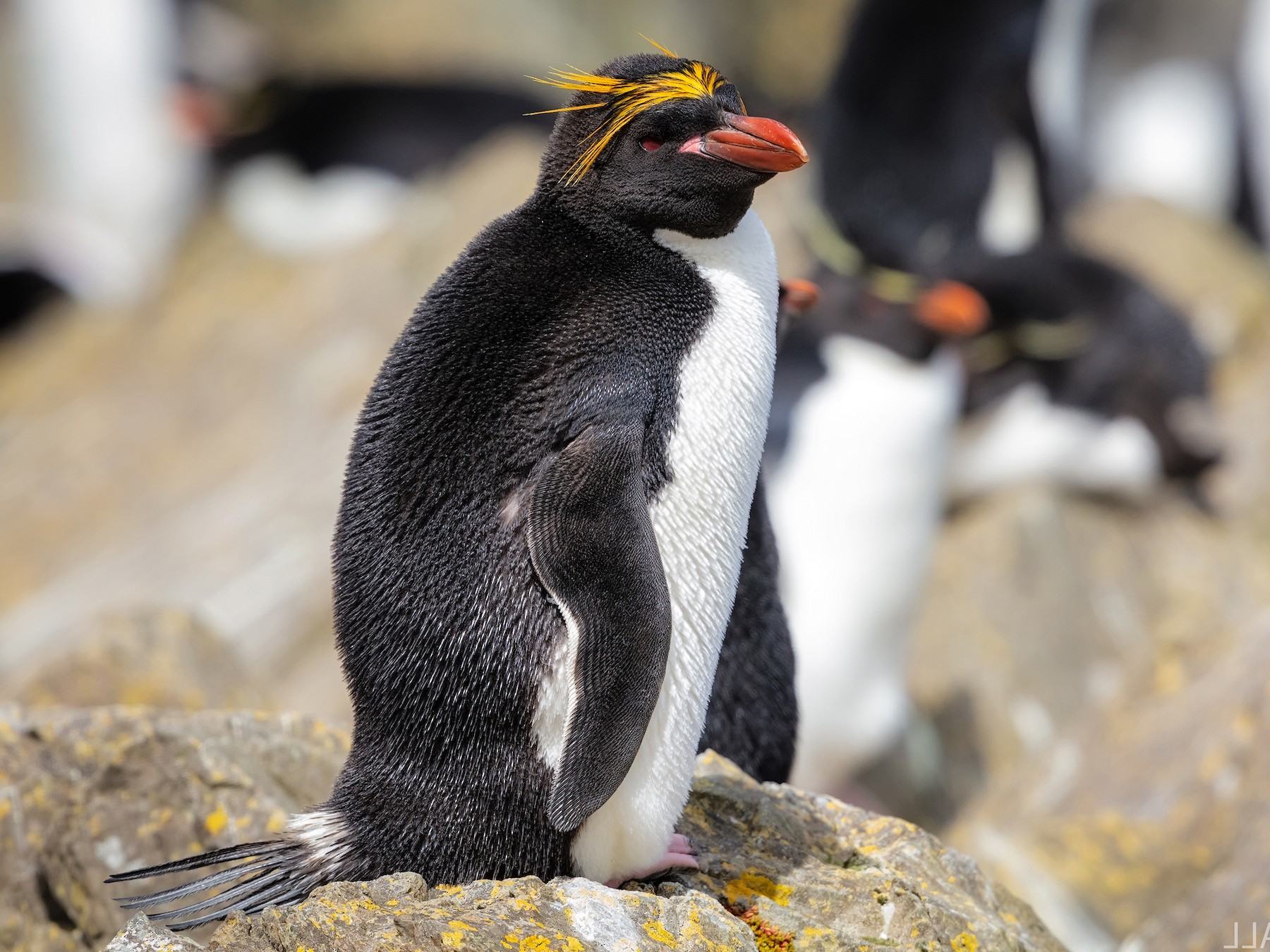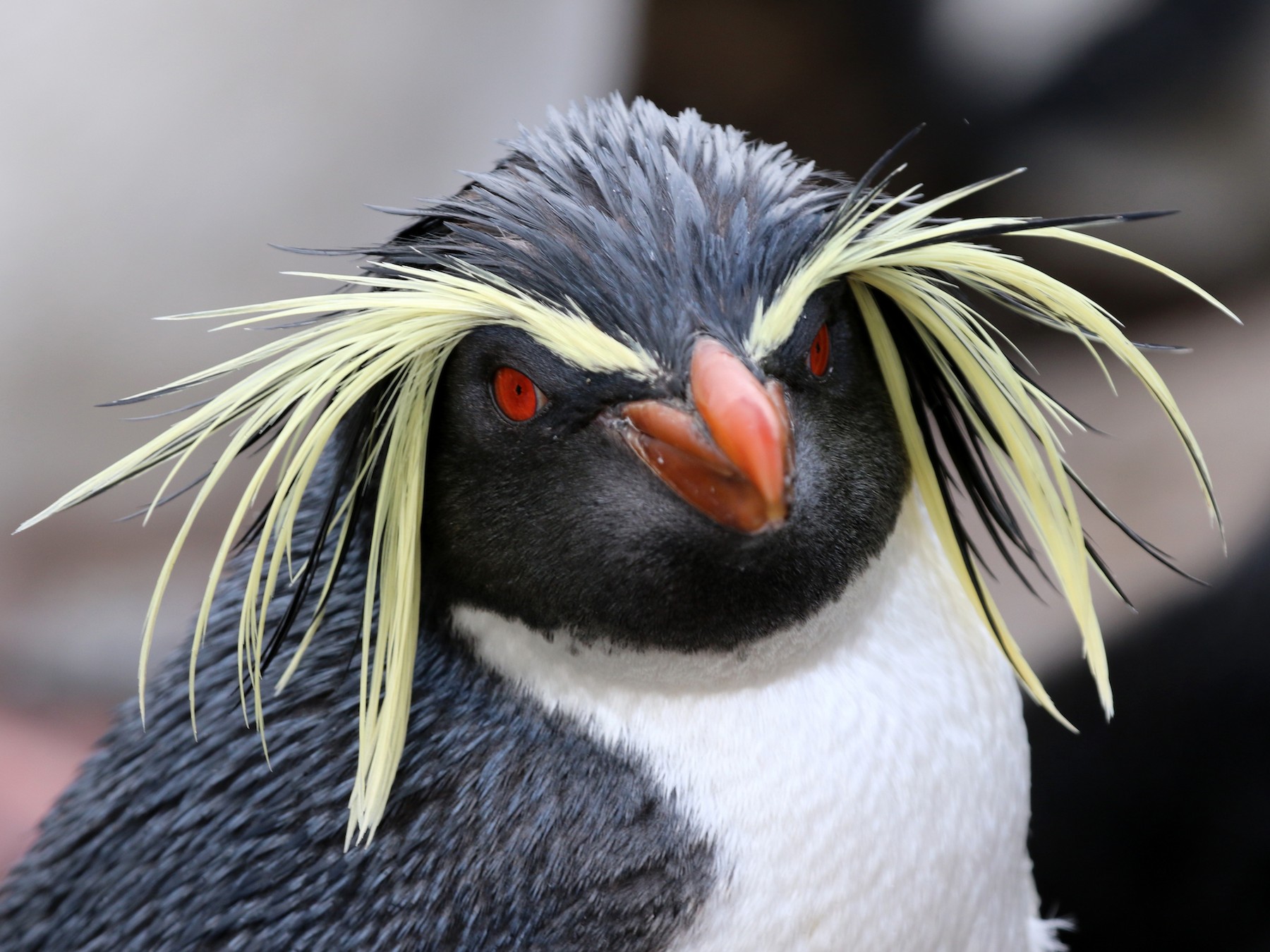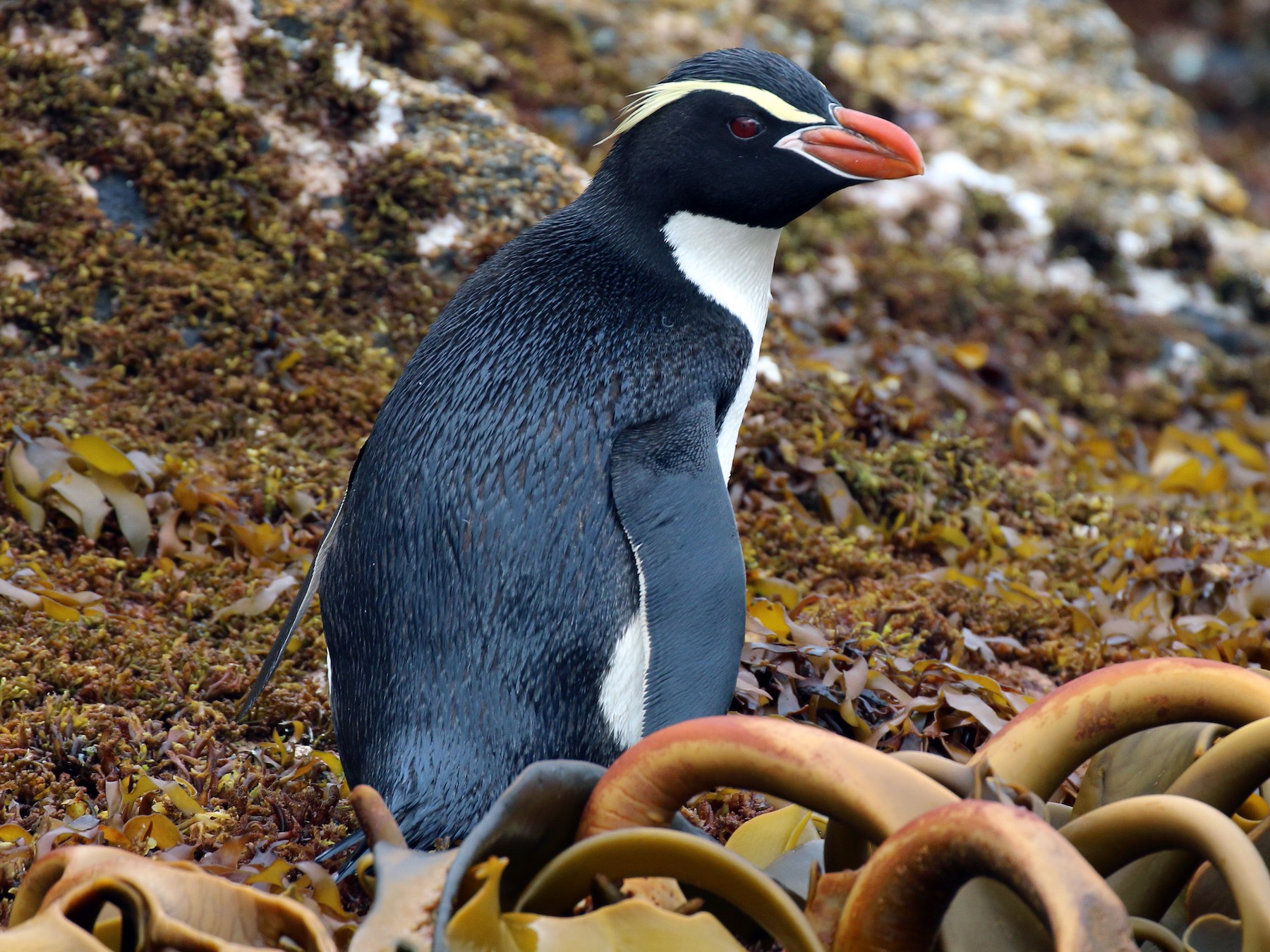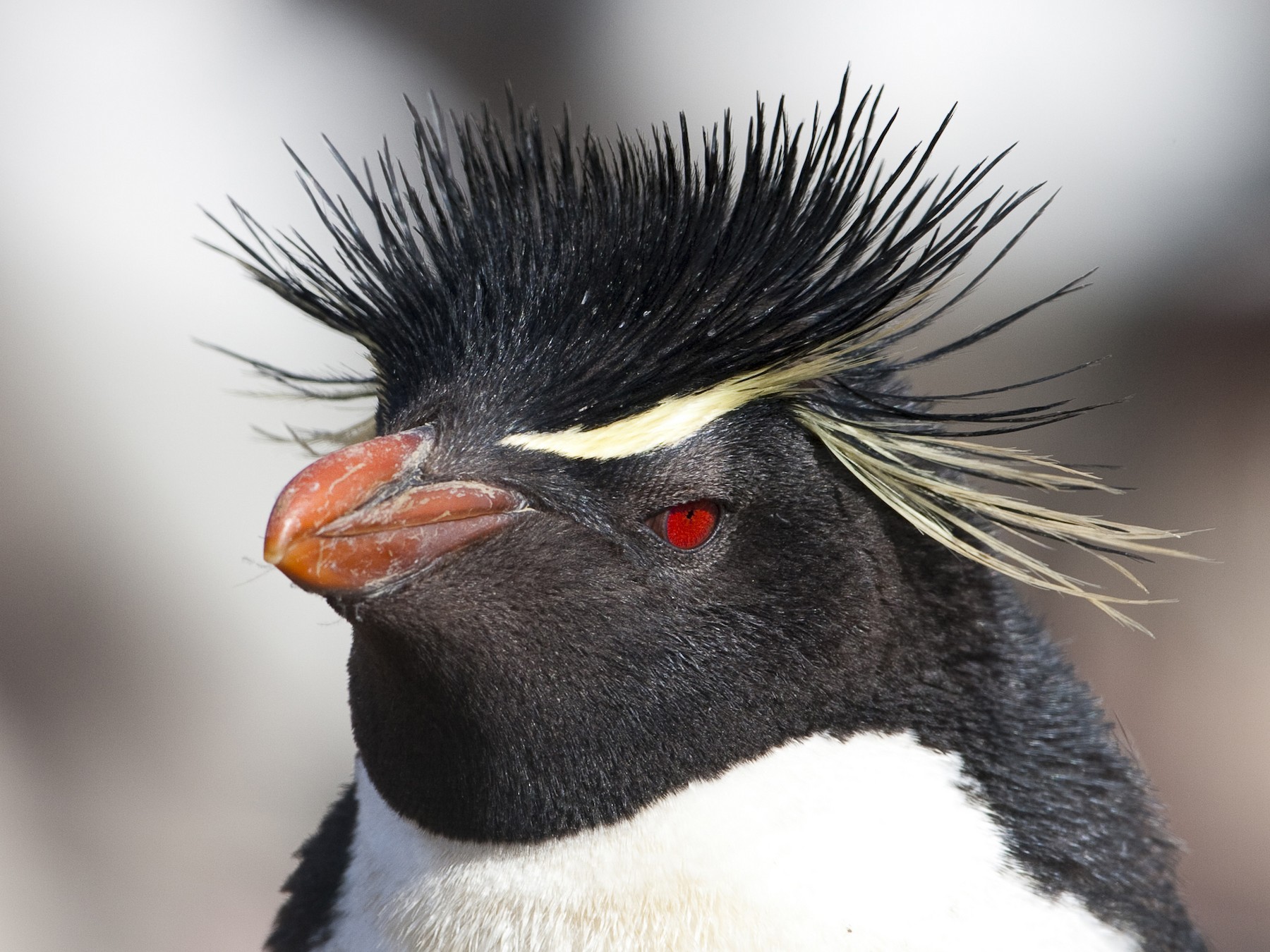Penguins
About
Penguins are a group of aquatic flightless birds that inhabit the Southern Hemisphere. Penguins can weigh anywhere between 2-88 pounds and live up to 15-20 years. Depending on the species, a Penguin's main diet consists of various krill, squids, and fishes. Although penguins can't fly, their flippers and webbed feet allow them to swim underwater with ease.
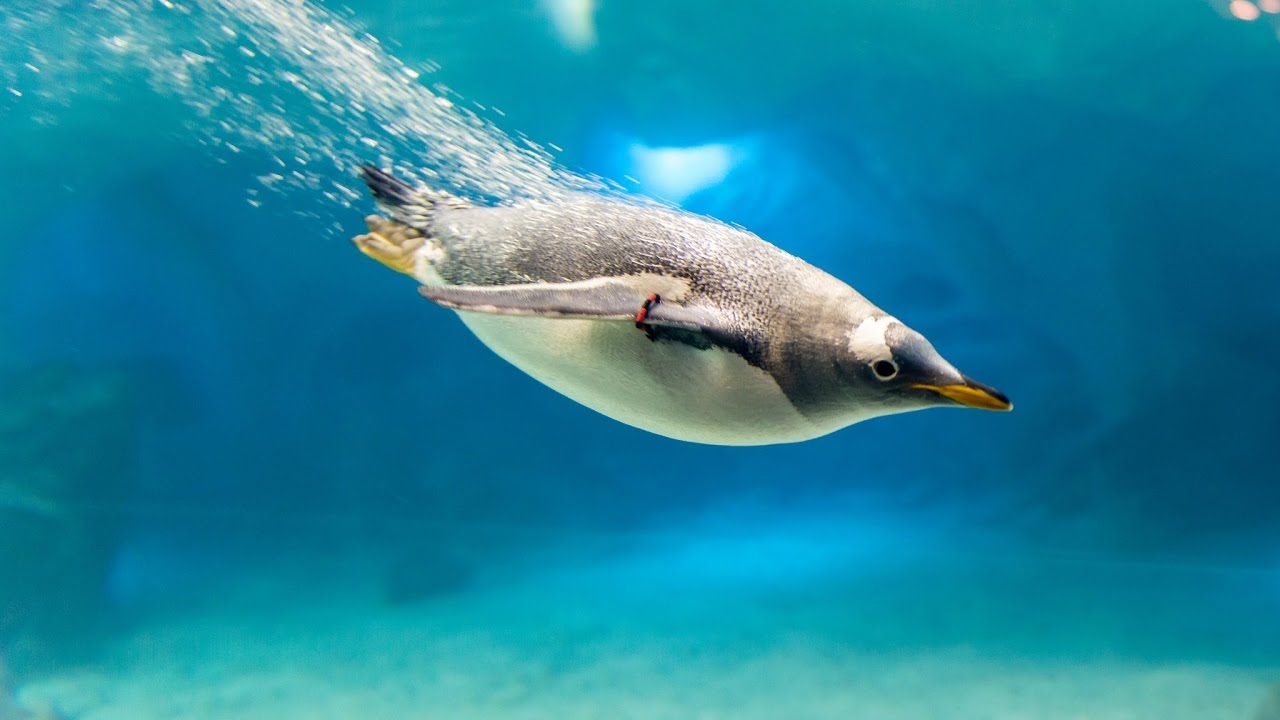
Source
Natural Habitat
Penguins live in oceans and coasts where the temperatures range from 90℉ (32℃) to -76℉ (-60℃). Most species of penguins live on islands in the Southern Hemisphere, where the climate is warm enough for them to survive. However, the Emperor and Adélie species live in Antarctica, where the climate is harshly cold.
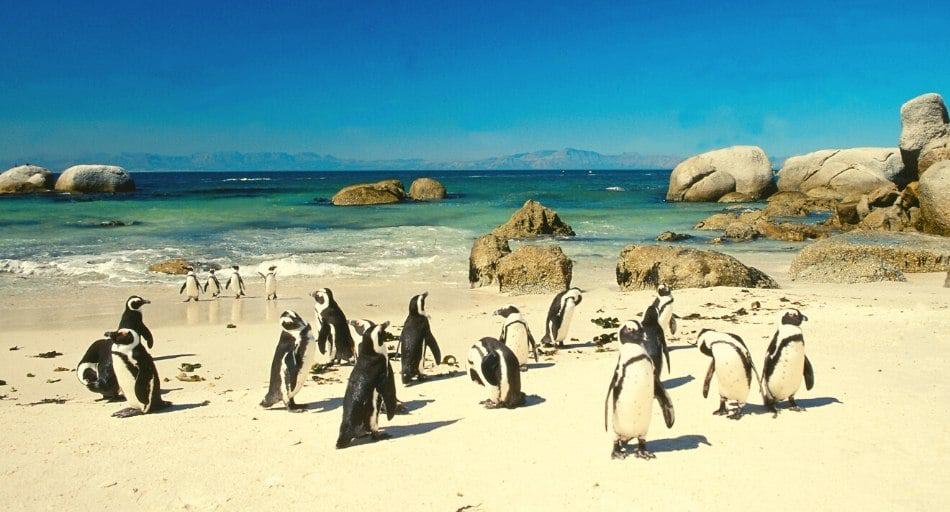
Source
Species
There are many species of penguins. According to National Geographic, there are 18 different species of penguins around the world. However, other sources claim that there are up to around 20-25 different species of penguins.
Colony Life
Penguins are extremely social birds that form large colonies with one another. Penguins do this in order to breed, hunt for food, and protect each other from predators. Additionally, with species like the Emperor penguin, forming colonies also helps protect them from the harsh antarctic environment.

Source
Fun Facts
- Penguins can dive to depths of 500 meters and hold their breath underwater for up to 27 minutes.
- Penguins can swim up to 10 miles per hour underwater.
- The largest penguin colony in the world is located in Zavodovski Island with over a million chinstrap penguins.
- The little penguin is the smallest penguin in the world, only measuring up to 10 inches tall.
- Penguins lose and replace all their feathers annually, this is known as a catastophic molt.
